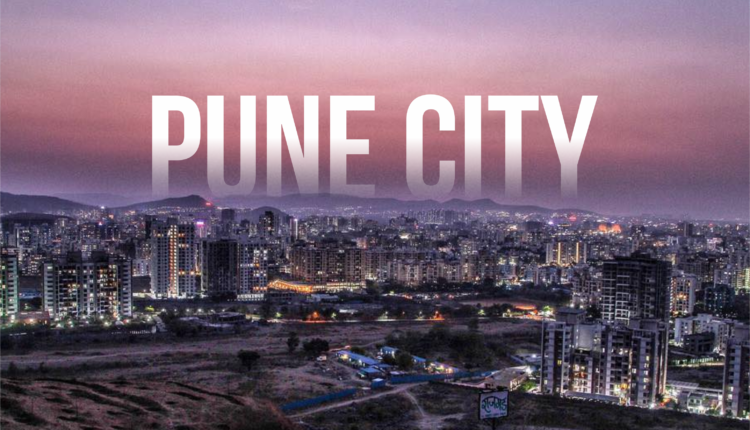Unlike last year, March this year was much cooler thanks to the bout of non-seasonal rain which lashed many parts of the country and especially Maharashtra. After an unusually warm February, India had braced up for an equally hot March. Forecasts had warned of extreme temperatures and the possibility of heatwaves in certain parts of the country.
However, Dr Anupam Kashyapi, Scientist and Head, weather forecasting division, IMD, Pune, said normal minimum temperature across the country was lower by 2-5 degree Celsius. The non-seasonal rain, Kashyapi said, was mainly due to convective activities which got moisture-laden winds from the Bay of Bengal into the country. He said the convective activities were along the Northeast direction.
As per information available on the IMD’s website India received 48.1 mm of rainfall from March 1 to April 4 as against the 34.2 mm, it should normally receive. The country as a whole has received 41 per cent excess rainfall. Barring a few states in the Northeast and North, India as a whole has received excess rain in March this year. Last year, the country reported 8.9 mm of rainfall.
Kashyapi said Pune is expected to see a similar convective activity associated with wind discontinuity. However, this would be North-South and would see an incursion of moisture from the Bay of Bengal. This would give rise to local instability and cause rain mostly in the afternoon. While the rain would not be much, what can be worrisome for Pune and other regions would be the strong winds and lighting. Strong winds, Kashyapi said, can lead to branches of trees falling while lighting can be life-threatening. Rain, thunder, and lightning would start on Thursday and continue over the weekend.
For Pune, the non-seasonal rain has led to a dip in temperature between 2-3 degree from the maximum temperature normally recorded. In the next few days, a similar drop in temperature would be recorded while chances of a heat wave are extremely slim in Pune or Maharashtra.


